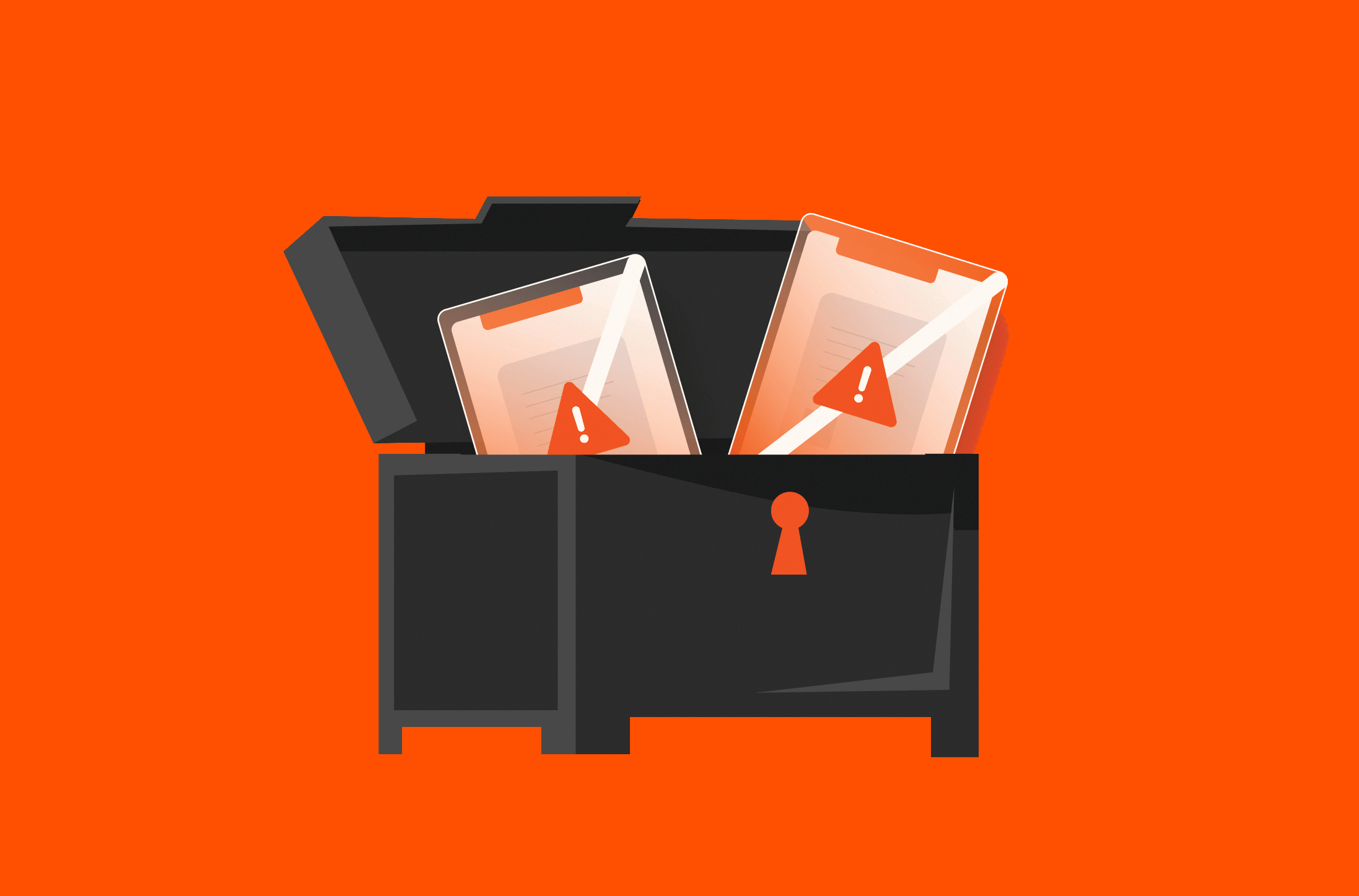Flash allowed storage efficiency technologies like compression, deduplication, and others to be used in enterprise application environments with minimal to no performance impact and significantly improved TB/watt efficiency. The resulting data reduction ratios (DRRs) will vary, and many vendors will offer “guarantees” they will achieved. If in actual usage a customer does not achieve that, the vendor delivers on their promise by giving the customer “free” storage capacity to bring them up to the target.
If you don’t think too much about this, it seems like a fair enough deal. But let’s take a closer look.
Unpacking DRR Guarantees
DRRs vary depending upon applications, data types, workflows, and use cases. For enterprise environments, it’s not uncommon to achieve DRRs between 2:1 and 5:1. Backup environments that store a lot of the same data day after day can often achieve DRRs easily 10 times that. This allows enterprises to buy less raw storage capacity to meet any particular requirement.
However, some vendors don’t test the impact of their storage efficiency technologies on a particular workload up front before offering a guarantee. The vendor’s thinking is that a high DRR (and therefore a high “efficiency” rating) may influence the choice of a particular storage vendor. That million dollar deal is worth the cost of a few extra disks if they don’t deliver on the DRR commitment.
While that’s true for the vendor, what about the customer’s point of view?
How Missed DRR Guarantees Really Impact a Customer
If a vendor just barely misses the DRR target and only has to provide one or two SSDs, it’s likely not an issue. But on larger multi-PB configurations, where DRR savings mean the most, missing the target by only 10% might mean many SSDs have to be added. How many? To accommodate those extra devices, do you also need additional controllers and enclosures? Are those free too? What is the impact on energy and rack space consumption? If a storage purchase decision was made based on metrics like TB/watt, TB/U, and/or embodied carbon content (manufacturing CO2e, e-waste disposal), what does all this “free” gear do to that calculation? And if the actual DRR was known up front, would the same storage decision have been made?
For some markets like federal in the US, customers are not allowed to accept “free” gear like SSDs from vendors. In that case, how does a vendor make good on their DRR promise if they aren’t delivering on it?
Ensure It’s Relevant to Your Environment and Test against Your Workflows
What goes into a vendor’s “storage efficiency calculation”? It probably includes compression and deduplication and may include other technologies like thin provisioning and space-efficient snapshots. You’ll want to make sure each of these storage efficiency technologies are compatible with your environment before signing on.
For example, if you have file or SQL environments, you might specifically not be using thin provisioning. If you’re using snapshots, will your usage produce the same kind of space savings the vendor assumes in their storage efficiency calculation? Are you encrypting on the application side? This may invalidate the use of storage-side efficiency technologies.
Then, actually test a vendor’s storage efficiency technologies against your actual applications, data, and workflows up front. If a vendor does not offer that as an option, it’s probably a red flag. I’d also be skeptical of any up-front promises about DRRs that don’t require any actual testing since DRRs will vary based on factors that have nothing to do with a vendor’s storage efficiency technologies.
Don’t Buy a Pig in a Poke
In general, vendor antics around DRRs and storage efficiency technologies are causing more enterprises to at least question the veracity of promises made leading up to a sale. Some only want bids from vendors without any storage efficiency assumptions at all. This puts those vendors who truly can deliver on their storage efficiency claims at a disadvantage. It also disadvantages customers who might have otherwise been able to purchase a much smaller kit with lower storage infrastructure costs, power and rack space consumption, and embodied carbon content.
It’s not a bad thing if a vendor can tell what the average DRR across their entire installed base is, and by all means, you should look at that. But, you can’t beat the actual evaluation against your application environment. Anything less means you might be buying a pig in a poke.








